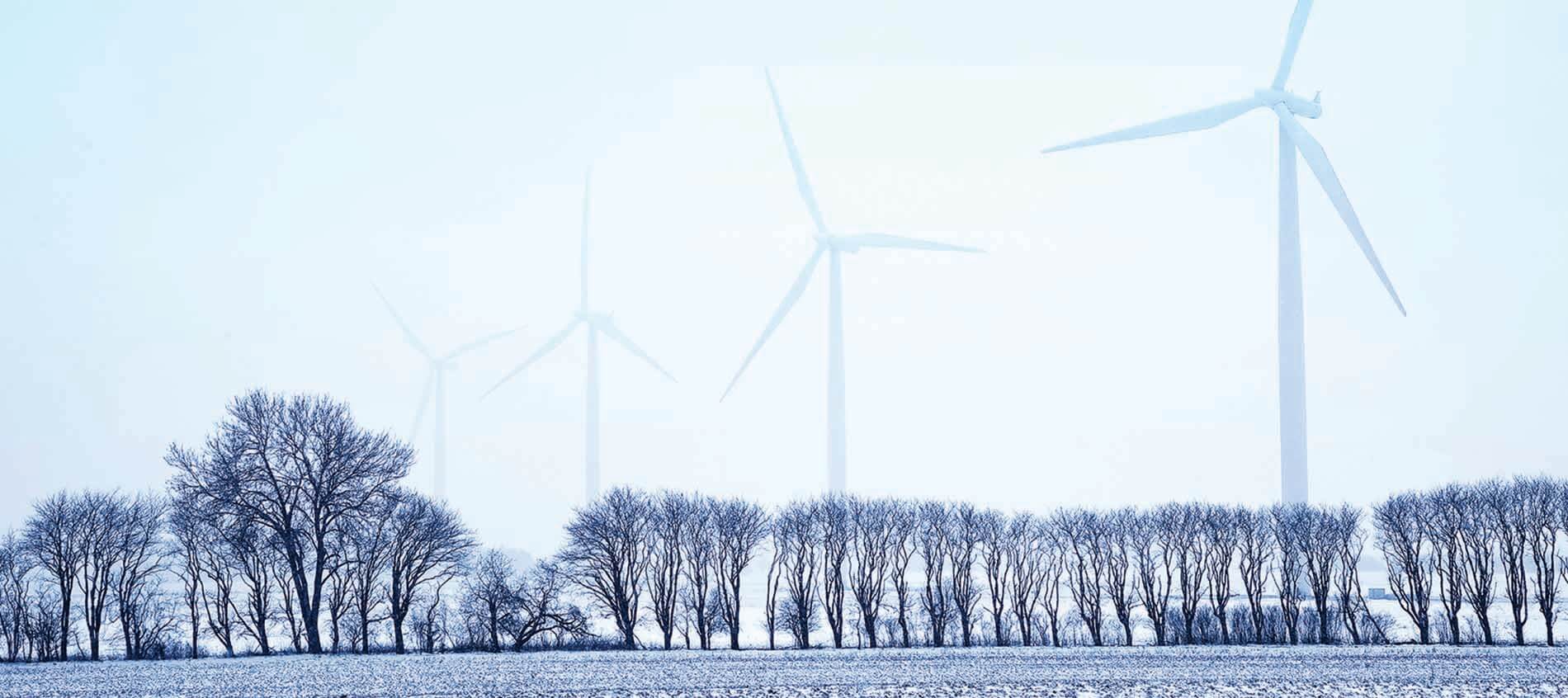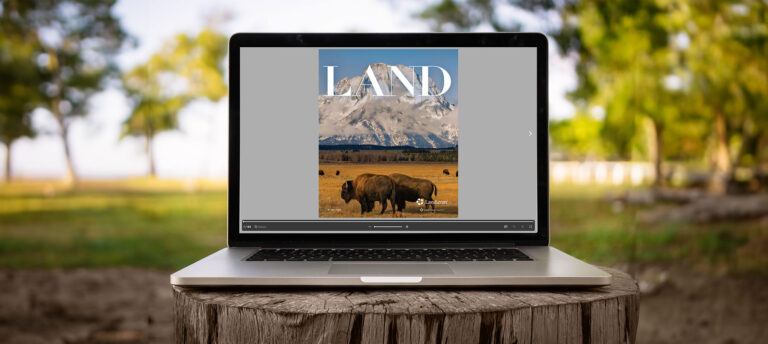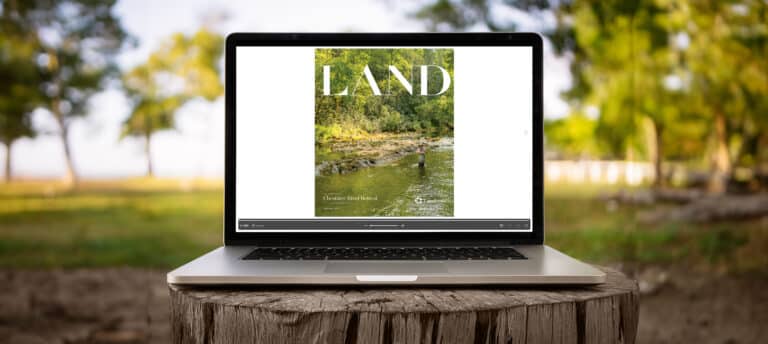
Wind developers rely on landowners to make their terrain available for wind turbine construction. This mutually beneficial agreement gives wind developers the land they need to generate large amounts of electricity, which they then sell to municipal energy utilities. In return for the use of a small portion of their land, landowners receive royalty payments for several decades.
Thinking of housing a wind farm? Follow these 3 steps
If you have been contacted by a wind developer, you’re in luck—chances are your land can make you a dependable annual profit for the foreseeable future. Here are three main steps to take:
1. Review the lease first
The first thing you will want to do is take a look at the lease agreement and assess the terms suggested by the developer.
In most cases, you will have to section off a very small segment of your land for development and to provide vehicle access. Be sure to look for information about your rights to the land after the developer is done using it for a wind farm. The contract must stipulate what happens to the turbines after the lease expires.
Should any part of the contract seem unclear, you should call your developer for clarification. You may also find that having a second opinion or trusted legal counsel could turn out to be valuable.
Remember, wind leases typically last for multiple decades. Plan ahead for any changes or renovations you wish to make to your property during that period.
2. Set up a meeting
Get to know your developer personally. It’s a good idea to meet and discuss the details of the development partnership before the developer sends you a contract.
Scheduling a face-to-face meeting is the best way to set a stable foundation for the years to come. Remember that wind developers are interested in keeping landowners satisfied with their development leases—it’s not a competition.
If the developer produces contract terms that are not ideal, send them back for revision. Wind developers rely on landowners to sign leases—offering the best deal possible is in their interest. When the lease agreement looks like a win/win situation for all parties involved, it is time to sign.
3. Sign the lease, get paid
Upon signing the lease, landowners should expect some time to pass before significant wind payments start rolling in. Wind turbine construction is an involved process, and it could take up to five years or longer to finish the entire project. Prior to construction, developers will need to test the land, obtain permits and approvals, connect the municipal grid to their planned turbine sites, and more.
Once construction is finished, however, landowners are ready to begin receiving a significant passive income for the foreseeable future. Turbines last for decades, offering a steady source of income that is energy-efficient and environmentally friendly.



